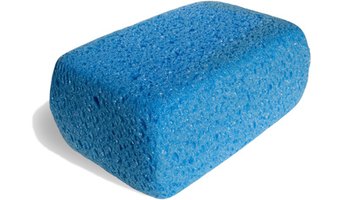The difference between an incubator and an oven may at first not be obvious. The two devices both produce heat and are typically set within a boxlike casing.
Heat Difference

An oven produces temperatures typically ranging from 93.3 to 316 degrees Celsius, while an incubator typically ranges from 15.6 to 48.9 degrees Celsius.
Self-Cleaning

An oven is able to perform self cleaning by exposing its insides to temperatures high enough to turn cooking residue into smoke. A incubator does not have this ability.
Disinfecting Vs. Nurturing

The purpose of an oven is to cook and disinfect food. This is especially true with foods, such as chicken, that can cause food-borne illnesses. An incubator, on the other hand, is designed to nurture life at conducive temperatures. Life supported by an incubator can range from chicken eggs to bacteria.
- The purpose of an oven is to cook and disinfect food.
- This is especially true with foods, such as chicken, that can cause food-borne illnesses.
Electricity Usage

According to Nebraska Public Power District ovens cost 9.2 cents per hour to run. An incubator is often much smaller, meaning it uses even less electricity.
Fun Fact
Canadian Thomas Ahearn invented the first electric oven in 1882. Heated rooms, to incubate eggs, were first used by the Ancient Chinese and Egyptians. Modelled on these ancient methods, Giovanni Bartista della Porta designed an incubator in 1588, according to Scientific Anti-Vivisectionism. It makes sense that the incubator came before the oven, as society became agricultural over nomadic.
- Canadian Thomas Ahearn invented the first electric oven in 1882.
- Heated rooms, to incubate eggs, were first used by the Ancient Chinese and Egyptians.
